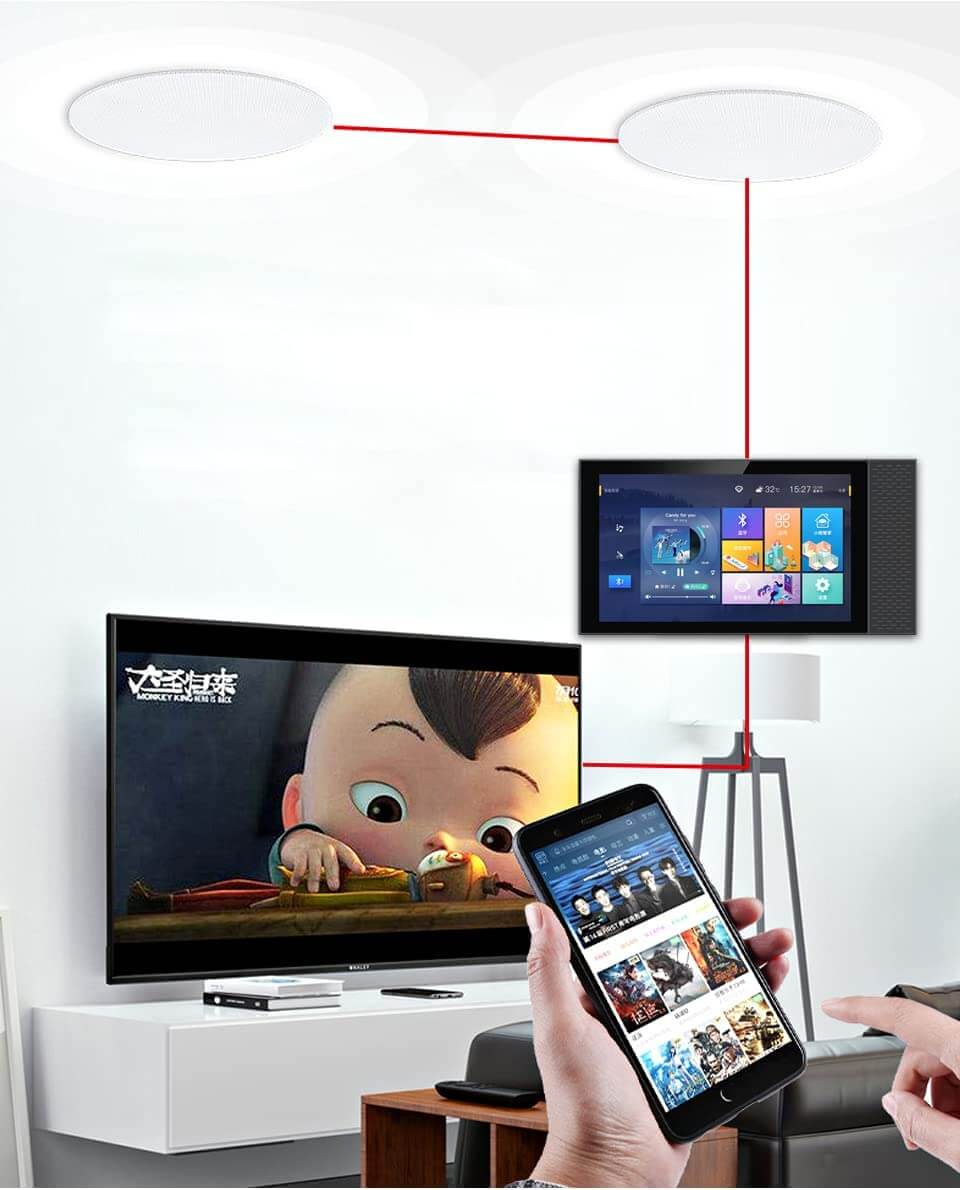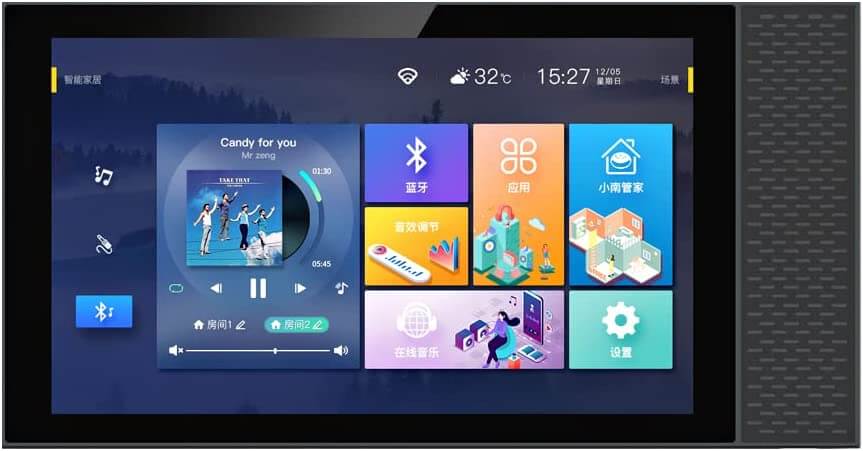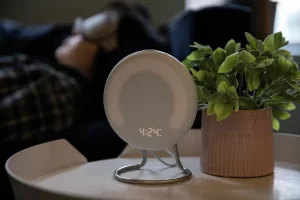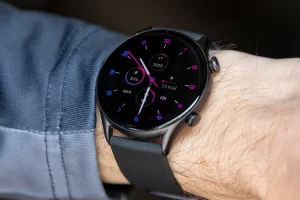Smart Homes: Revolutionizing Electrical Equipment & Enhancing Lifestyles

In recent years, the Smart Home Revolution has transformed the way we live and interact with our homes. As a result, residential electrical equipment has seen significant advancements in technology, enabling homeowners to enjoy a connected lifestyle. This post delves into the impact of the Smart Home Revolution on residential electrical equipment and discusses essential gadgets that offer environmental, financial, and convenience benefits. We will also explore potential challenges and drawbacks and look to the future of smart home technology and possible advancements in residential electrical equipment.

Specific Examples of Smart Home Residential Electrical
Equipment Some examples of smart home residential electrical equipment include smart thermostats, such as the Nest Learning Thermostat, which optimizes heating and cooling schedules based on your preferences and habits; smart lighting systems, such as Philips Hue, which allow users to control and customize lighting remotely; and smart plugs, such as the TP-Link Kasa Smart Plug, which provide remote control and scheduling options for plugged-in devices. These devices are transforming daily life by improving energy efficiency, reducing costs, and making our homes more convenient.
Energy Efficiency, Cost Savings, and Ease of Use
Smart home devices have a significant impact on energy efficiency and cost savings. For instance, smart thermostats can save up to 20% on heating and cooling bills by adjusting temperature settings based on occupancy and weather patterns. Smart lighting systems can also reduce energy consumption by allowing users to set schedules, create lighting zones, and remotely control lights. Furthermore, these devices are designed with user-friendliness in mind, making it easy for homeowners to manage and monitor their homes’ energy usage through user-friendly interfaces and mobile applications.
Potential Challenges and Drawbacks
Despite the numerous benefits of smart home residential electrical equipment, there are potential challenges and drawbacks. One concern is the reliance on internet connectivity, which can render devices useless in the event of an outage or network failure. Additionally, privacy and security risks arise from the collection of personal data by these devices, which could potentially be exploited by hackers. Finally, the initial costs of installing smart home devices can be high, though this expense is often offset by long-term energy savings.
The Smart Home Revolution has undeniably influenced the development of residential electrical equipment, making our homes more connected, environmentally friendly, and cost-efficient. Essential gadgets such as smart thermostats, lighting systems, and plugs have revolutionized daily life, offering energy-efficient solutions, cost savings, and convenience. However, it is important to acknowledge the potential challenges and drawbacks, including reliance on internet connectivity, privacy concerns, and initial costs.
Looking forward, we can expect further advancements in smart home technology and residential electrical equipment. Innovations such as energy harvesting, AI-powered predictive maintenance, and more comprehensive integration of renewable energy sources will continue to shape the future of smart homes, offering even more benefits while mitigating current challenges. Ultimately, embracing the Smart Home Revolution and adopting connected devices will help create a more sustainable, efficient, and convenient living experience for homeowners everywhere.







